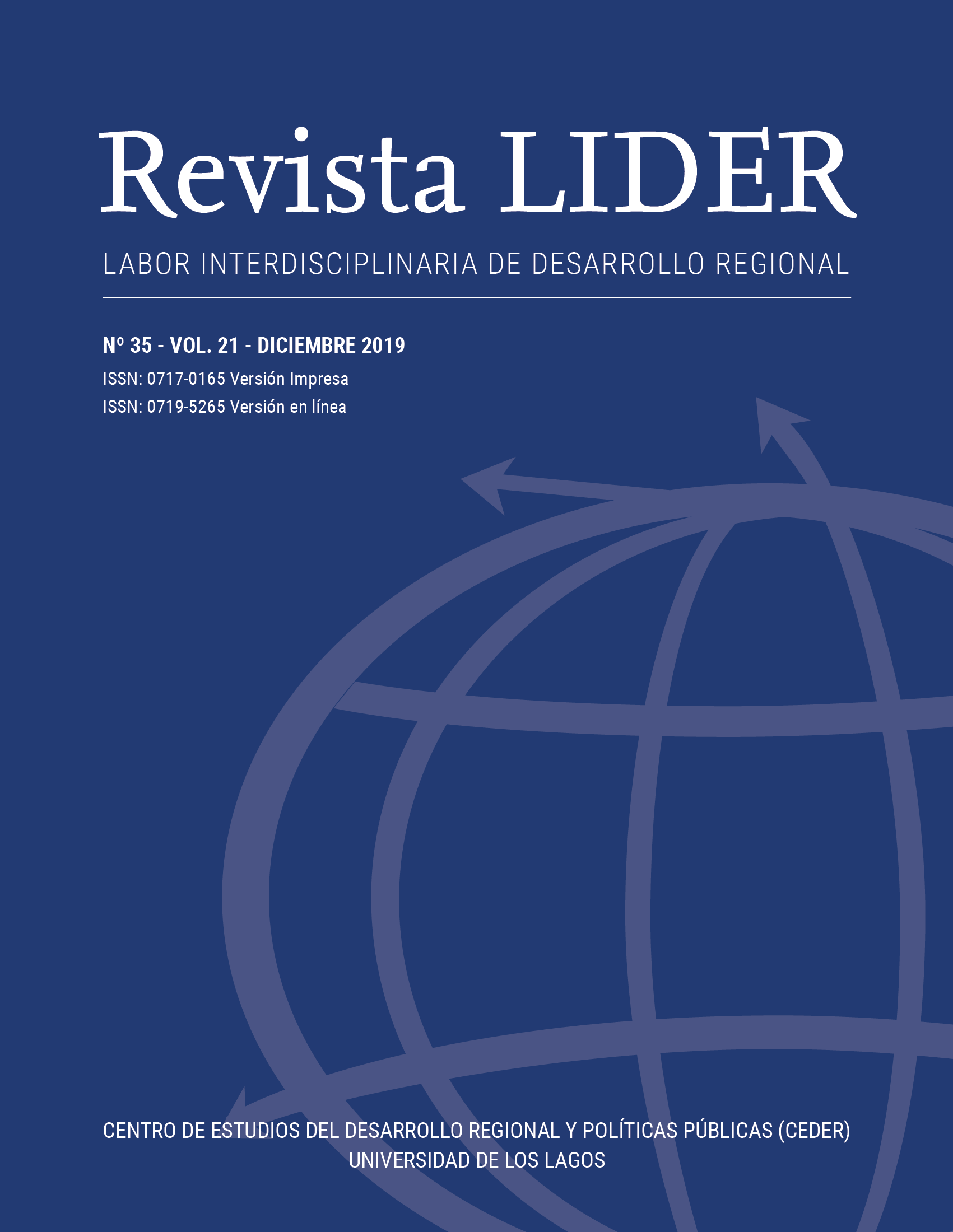Local Perception of Resilience Factors in Tourist Destinations
Main Article Content
Section: ARTÍCULOS DE INVESTIGACIÓN
Abstract
The objective of this research is to measure resilience factors of tourist destinations affected by natural disasters, focusing on the perception of the different local actors in these territories. For this case study, we chose two destinations affected by the earthquake and tsunami of February 27, 2010, which correspond to the municipalities and coastal destinations of Licantén and Pichilemu, in the central zone of Chile. As a methodology, a Shift-Share comparative analysis model was applied to measure and compare the resilience factors of destinations and their perception by Local Government, Entrepreneurs and Residents. The measured factors correspond to Capacities, Properties and Connections. As primary results, resilience differs greatly between one destination and another, highlighting that the connections and capacities were the perceived as better, and in final instance, the resilience properties. Regarding the most favorable factor, the connections are acceptable in both destinations, being in order of priority Licantén and then Pichilemu. On the other hand, when carrying out the comparative analysis between destinations, it is clearly stated that the resilience in Pichilemu is greater than in Licantén, which generated a faster recovery of the destination.
Article Details
Gutiérrez Vega, C. (2019). Local Perception of Resilience Factors in Tourist Destinations. Revista LIDER, 21(35), 222-247. https://doi.org/10.32735/S0719-526520193516
Downloads
Download data is not yet available.

This work is licensed under a Creative Commons Attribution-NonCommercial-ShareAlike 4.0 International License.
